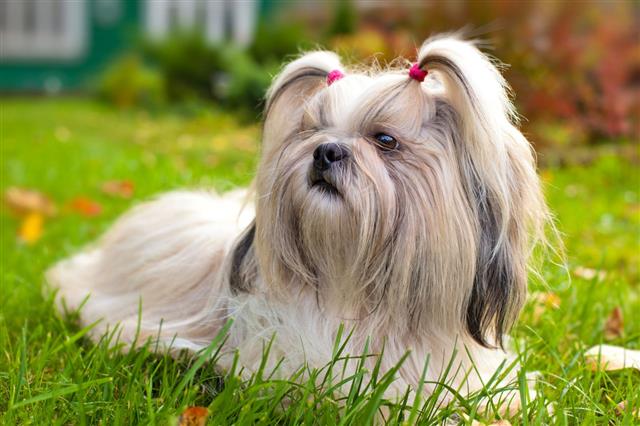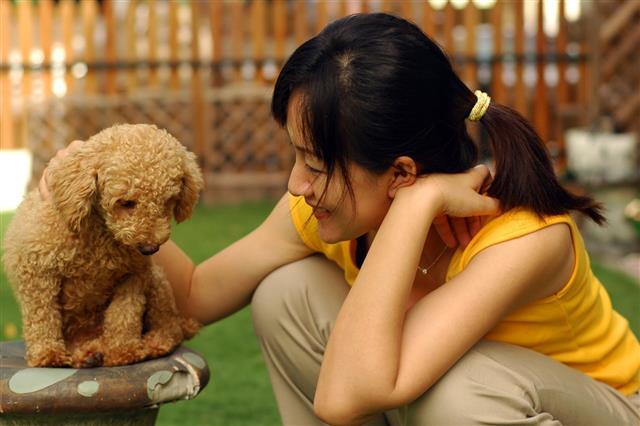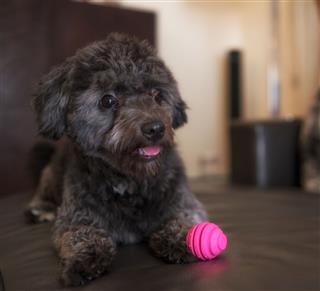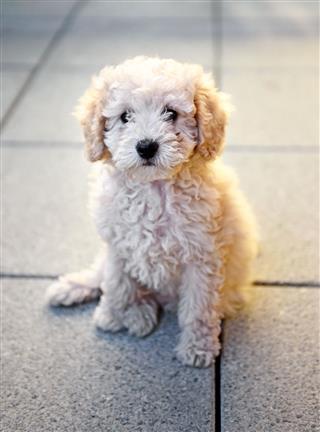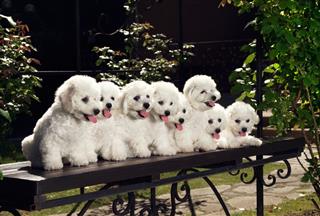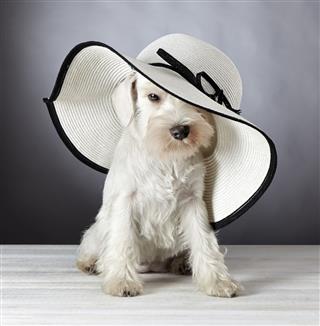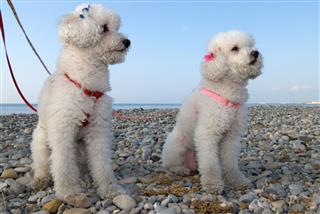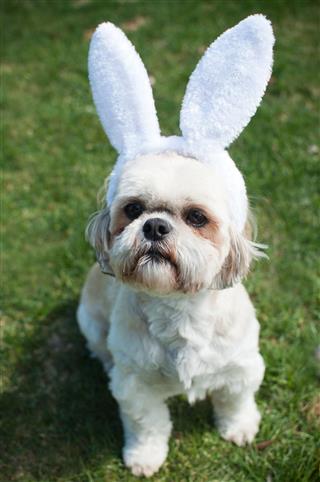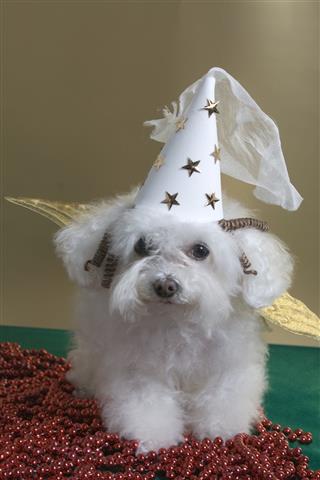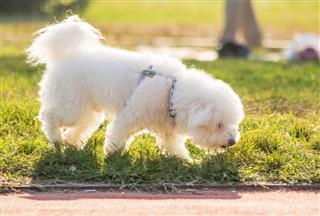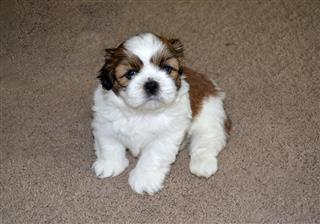
These energetic and lively dogs are excellent companions, and generally of a much more pleasant disposition than other dogs of similar size. Teddies are obtained by intentional crossing, specifically of a Shih Tzu with a Bichon or Bichon-Poodle mix, not just any two small breeds. They are fast gaining popularity as “designer dogs”.
Teddy bear dog breed is not an AKC recognized breed of dog. They are called “mutts” by many people, or in more appeasing terms, hybrids not pure-breeds. But of course, the other side to this argument is that not every mutt is called a teddy bear dog. A “mutt” is of uncertain or undocumented parentage, whereas a teddy bear dog has purebred, recognized and known parents. It may be some time before they get official recognition. Their novelty means that getting a teddy bear puppy costs BIG bucks. Overall, the breed is quickly winning hearts and gaining fans worldwide because of their docile dispositions.
Mixed Lineage
The gene pool of teddy bear dogs includes contributions from 3 breeds – Shih Tzu, Poodle, and Bichon Frisé. Any three of these dogs in any combination make for ideal parents. Breeding experiments are continually attempting to achieve the best temperament and character traits. You may have Yorkies or Schnauzers added to the lineage in various combinations.
There are first-generation and second-generation teddy bear dogs. A first-generation puppy is when an AKC registered purebred such as a Shih Tzus and a Bichons mate. Bichon-Poodle mixes are bred with Shih Tzus.
The 2nd generation of teddy bear dogs has one parent as another teddy bear dog, while the other parent can be any one of the 3 from the selected gene pool. So you can either have a Bichon-Poo and Teddy Bear dog mix or Shih Tzu and Teddy Bear dog mix. The parents have to also be pure-breeds, and the Teddy Bear parent has to be a 1st generation dog.
In accordance with every child’s love for stuffed teddies, teddy bear dogs do the exact thing that stuffed teddy bears do; be adorable, loving and comforting. They were bred to be therapy dogs for handicapped children.
These dogs are bred to bring out the best qualities of their parents. This is proven a successful endeavor since they have the best temperament qualities of both the parent breeds, as well as minimum health issues. Today, there are many teddies that are working as AKC certified therapy dogs. They are rated as excellent family, therapy and companion dogs.
Adult Height: Between 8 – 12 inches
Adult Weight: Between 10 – 20 pounds
Life Expectancy: Between 14 – 16 years
This furball is very similar looking to a teddy bear. They have the big button eyes and a button nose and can be lifted and cuddled easily. Their coat can range in color to all white, all black, a mixture of brown and white, or black and white. While these are the common colors, variations may be encountered.
Coat
They have a double coat. A fine, soft undercoat, and a fluffy outer coat that is very soft to the touch. The outer coat is usually present in two main varieties – curly and soft, or straight and silky. Also, the coat of these teddy bear dogs is hypoallergenic. It keeps growing at a steady rate throughout the life of the dog, and hence needs regular grooming and trimming. But since they are small, this is not a very time/energy-consuming task. 20 minutes per week should be enough to keep them looking spiffy. They shed minimally. Dander, too, is not a serious concern as they are not prone to producing it.
A dog that does not fall into the ranges of weight and height mentioned above may need monitoring to bring the weight back into the specified range, so as to enable them to lead a healthy life. Since they are really small dogs, they have a long life and will require solid commitment if you intend to get one as a pet. An approximate guess would be 15 years. In the health department, teddy bear dogs rank high. So this is a pretty sturdy breed which will remain in mostly good health all its life.
Check out these character traits!
~They are happy and very loving dogs.
~They are intelligent and eager to please, hence easy to train.
~At the same time, they can be occasionally stubborn.
~They are very playful, lively and spunky.
~They are highly affectionate and bond strongly with their family.
~If socialized properly, they get along famously with other pets/animals.
~Licking people, cuddling, learning new tricks and showing off is a favorite activity.
~Quite sporty they love romping around, swimming, and fetching.
~Calm and impartial to family members, they love everyone equally.
Collars
A major concern is their weak trachea. Other than that, regular cleaning of ears and eyes will help avoid any concerns related to them. A harness is a better choice than a dog collar. These dogs have small and weak trachea, which may become flattened due to a collar and lead to death.
A teddy bear dog works for people who are allergic to dog hair, since they are hypoallergenic and shed less. These low maintenance dogs benefit from daily walks. It’s imperative to understand teddy bears have a delicate structure and must be watched carefully with children. Handle with care!
If you feel like this dog would be a perfect addition to your family and life, make an informed choice before getting one. Do your research. In the event you have major changes in your life, like changing jobs, moving cities/countries or other personal crises giving up your dog is not optimal. If they are part of your family, they deserve to be kept despite difficult circumstances. These dogs and all dogs deserve a forever home and this is your commitment. Also, there are many teddy bear dogs in rescues today, so it would be a good idea to give them a chance instead of buying a new dog. They are as loving and sweet-tempered as any new dog and deserve a shot at a good life.






